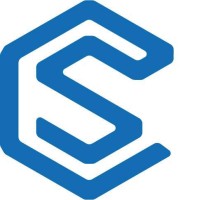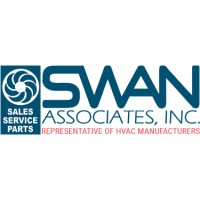
Conservant Systems
Winner of the 2016 Department of Energy FEMP JUMP Nationwide Energy Efficiency Competition, as well as the 2014 Department of Defense ESTCP Global Energy Efficiency Competition, Conservant System’s High Efficiency Dehumidification System (HEDS) is currently reducing dehumidification related chiller plant and boiler plant energy consumption by 40% to over 60% while reducing or eliminating biological growth and the associated health, wellness, productivity and hazmat remediation expenses. For retrofits or new construction no other technology compares in efficiency, simplicity, reliability and sustainability.






